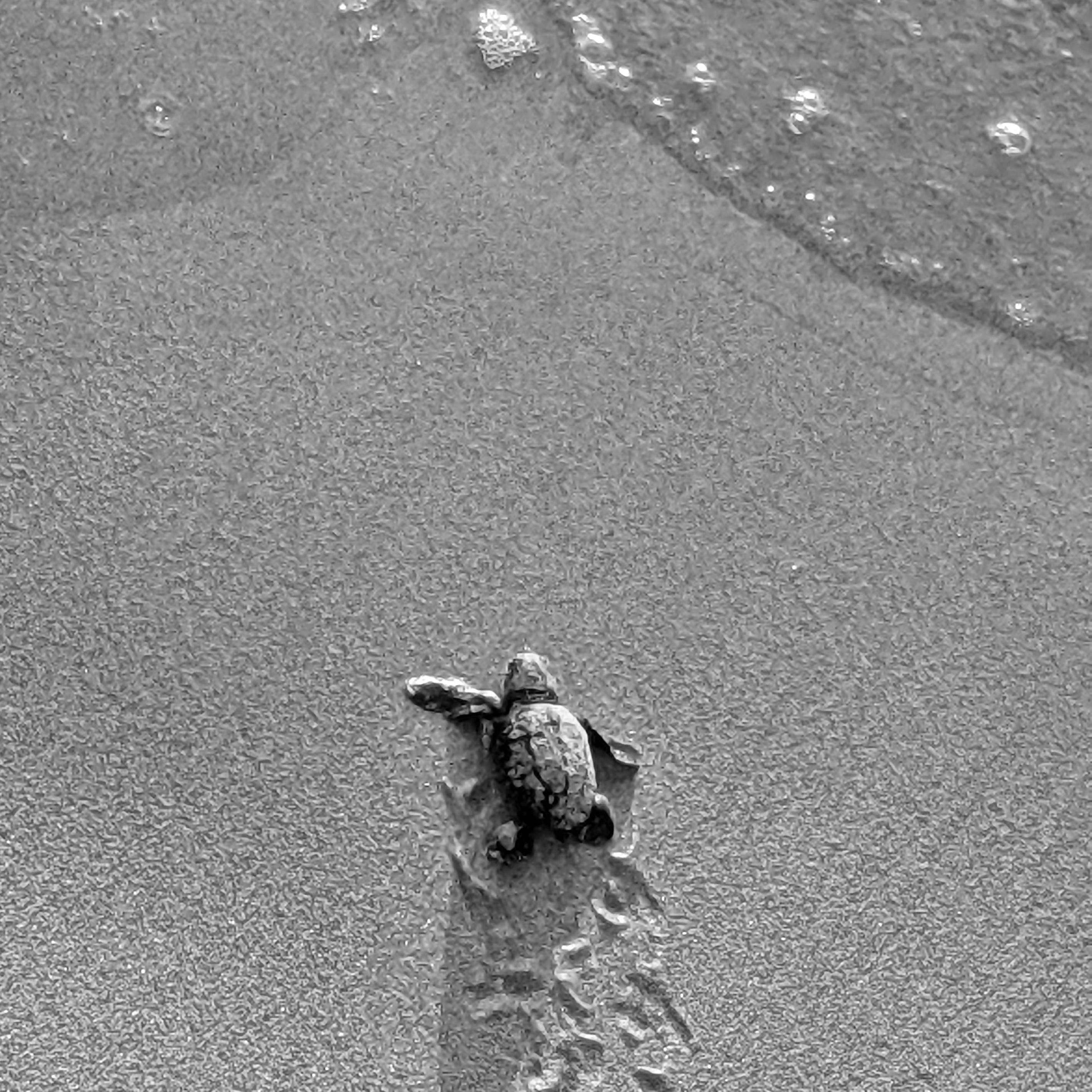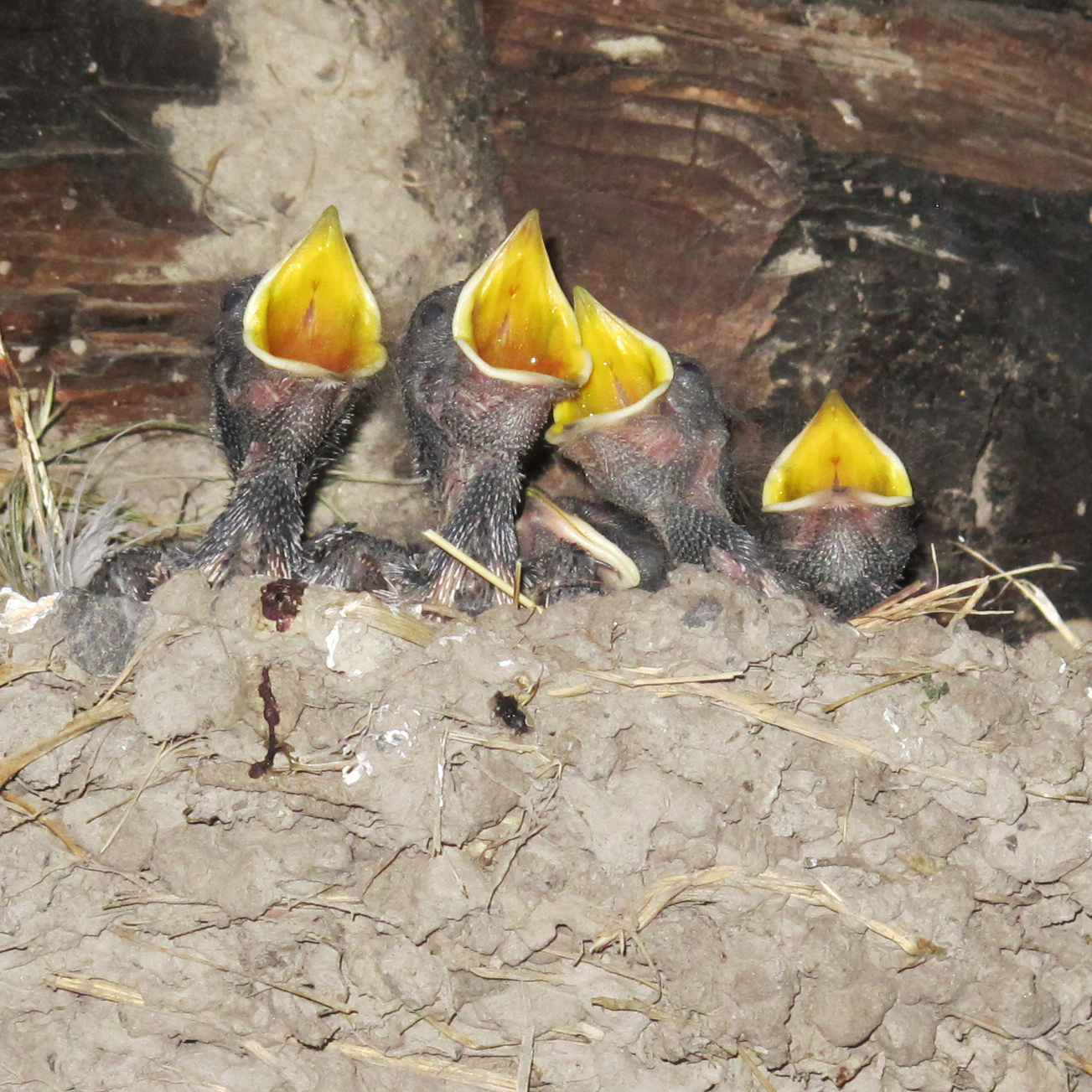
A key ambition of ACI researchers is to design systems that are animal-centred and that enhance animals’ lives by providing positive experiences. In this regard, a critical challenge is to cross the communication and experiential barriers that separate humans from other animals. To this end, researchers have adopted different strategies, but these mostly rely on a scientifically grounded rationale and an objective understanding of other animals’ psychophysical characteristics, rather than a scientifically grounded but experiential and thus subjective understanding. There have been some notable exceptions - creative approaches that have emerged from within and from outside the ACI community. Examples include people attempting to embody the ‘other’, people exploring and analysing close relationships, people creating literary forms to share imaginary perspectives, people using VR (virtual reality) as a technology to facilitate understanding and also people crafting objects to be shared with the ‘other’ (French, 2022).



We recognise that fully understanding the experiences of another is not possible, particularly if their psychophysical characteristics are so different to one’s own that they produce irreconcilably different experiences. However, while undergoing and appreciating another’s ‘point of experience’ might be ultimately impossible, it might still be possible to transcend one’s own ‘point of experience’ by deliberately challenging human sensory perceptions and sensemaking processes.
This process of displacement might stimulate novel intuitions and open new possibilities for design. Therefore, this workshop will invite participants to embrace a range of sensorial and sensemaking experiences that will challenge them to move from their experiential comfort zone and question what it might be like to experience the world as an animal endowed with psychophysical characteristics different from those of humans. As the purpose of the event is to create opportunities for participants to imagine the sensorial umwelt of an ‘other’, all workshop activities are developed with species experts and contextually grounded. We might never truly appreciate what is it like to be a different animal, but as Yong points out (2022), “…through our curiosity and imagination, we can try to step into their worlds.”
Ultimately, the idea is to encourage participants to question their own perspectives as designers and to do so through specific design briefs.

Design is a fundamental endeavour in many contexts and plays an important role in shaping the environment and associated ecology. While ACI practitioners tend to focus on species-specific interaction design and experience design with technology-enabled systems in mind, designers in other fields may approach design challenges from a different perspective, while still embracing inclusivity in regard to a multi-species user base (e.g., urban planners and architects – Moxon, 2019; Metcalf, accessed 2022). Indeed, there are many disciplines where being mindful of non-human others can be a positive aspect of the design process. We suggest that this is most often successful when the designer has some empathy with the various species affected by their work, and that appreciating the other species’ range of sensibilities is crucial for understanding how human interventions could impact on their behaviour and welfare.
In relation to our theme of sensory awareness, we observe that humans may in fact have more perceptive capabilities than we think. For example, research on the usability of click-based echolocation to navigate environments has shown that it is possible for humans to develop this skill through training, whatever their initial capacity for visual perception (Norman et al., 2021). By comparison, dolphins are natural experts at echolocation and studies have demonstrated that they can use it to perform computerised tasks (Amundin et al., 2008). It seems that research into the perceptive and cognitive capabilities of other species has the potential to advance our awareness of human potential, as well as enable a deeper understanding of the experiences of our cohabitants on earth.


As a further illustration of this point, we know that humans evolved in environments where aptitude for geographical orientation was an important skill; studies investigating this competence in pigeons (using GPS backpacks) have demonstrated their use of both magnetic navigation and visual cues (Biro et al 2007). We know that many other species can detect magnetic fields, and there is now some evidence that humans are also capable of this feat (Wang et al., 2019). Other unique perceptive modalities among animals include infrared thermal sensing by some species of snakes to detect prey (de Cock Buning, 1983), and electrolocation abilities of some species of fish, which allow them to detect weak electric fields put out by nearby organisms (Gottwald et al., 2018).
It has been suggested that lack of smell-describing vocabulary in some languages (such as English) has resulted in a corresponding dearth of cognitive awareness (Majid, 2020). In other words, humans don’t lack the sensory capability, but we often fail to develop the associated sensibility. Moreover, even in species with remarkably similar sensory perception to humans, such as the other great apes, cognitive responses to stimuli can be markedly different. For example, chimpanzees have been shown to outperform humans on computer tasks requiring the short-term memory of stimuli on a screen (Inoue and Matsuzawa, 2007), and eye-tracking studies have shown that while chimpanzees and humans have similar viewing patterns when looking at photographs, chimpanzees visually scan the images more rapidly than humans do (Kano and Tomonaga, 2008). It is also likely that visual colour perception has meaning for some animals in a way that it does not for humans (Colour Currency in Nature – Humphrey, 2019).
We suggest that it might be time to expand our sensory repertoires …